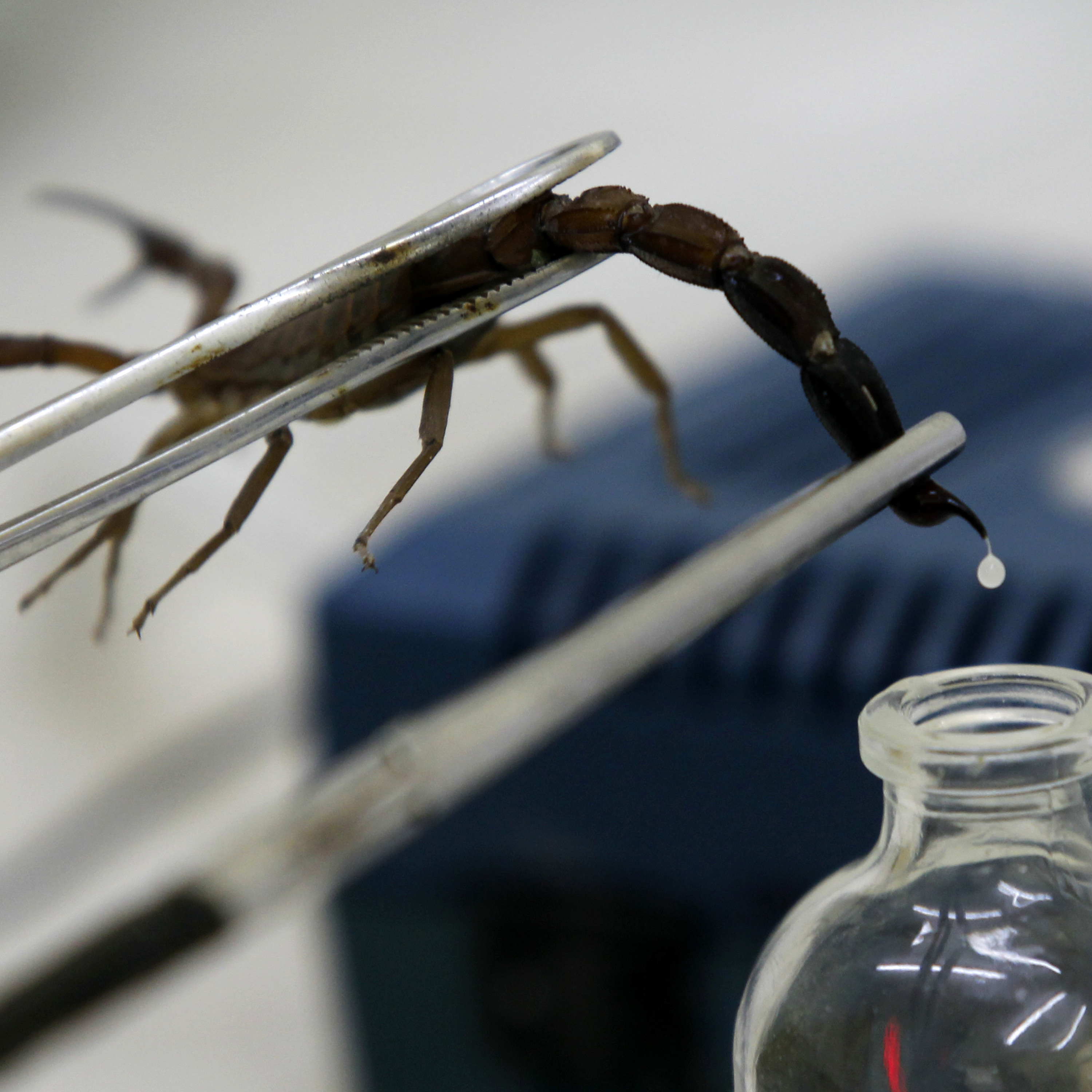Feb 28 2015 64 mins
SynTalk thinks about the tantalizing cocktail of poisons, toxins & venoms, and wonders if ‘what does not kill us makes us stronger’. We also constantly explore the striking similarity (in many ways) between medicine and poison (a la the vagueness of the word pharmakon). The concepts are derived off / from Sant Eknath, Parikshit, Derrida, & RG Macfarlane, among others. We peek into the world of snakes, scorpions, bacteria, rats, SNARE proteins, Botox, & bioterror. Why are there poisons in nature at all, and is there a link to the natural tendency towards ecological diversity? Is nothing poison in the world? How ‘the dose is the poison’. We (illustratively) explore the origins, structure, molecular & cellular actions, transmission, and dynamics of the Botulinum Neurotoxin (BoNT). How the Botulinum bacteria can survive for many months inside us (unlike any other bacteria). Do we have to have crime to have a stable society, and do poisonous plants & animals serve a parallel purpose in nature? How scorpion poison can be used to (potentially) treat Brugada Syndrome, and its links with cardiac sodium channel. How it is very difficult to use vaccines to permanently protect against venoms given the speed with which toxins act. We also borrow concepts such as padarth and dravya from vaiseshika philosophy to understand the (beautiful) metaphysical link of poison with the concept of ‘space’. How ‘substance’ is something that has different quality and action. Is venom a highly prestigious molecule for the snake itself for finding prey? How, then, do the non venomous snakes make a living? Why a child is (often) not afraid of a cobra? Is it possible to look at (molecular) structure and predict its (poisonous) action? Is it possible to identify the exact molecule (& not the cocktail) responsible for blocking the pre synaptic receptors? Is a more advanced society more vulnerable to poisons? What does poison look like? Should our nature ‘be’ to understand poisons? The SynTalkrs are: Dr. H.S. Bawaskar (medicine, Bawaskar Hospital & Research Centre, Mahad), & Prof. Bal Ram Singh (biophysical chemistry, indic studies, UMass, Dartmouth).
